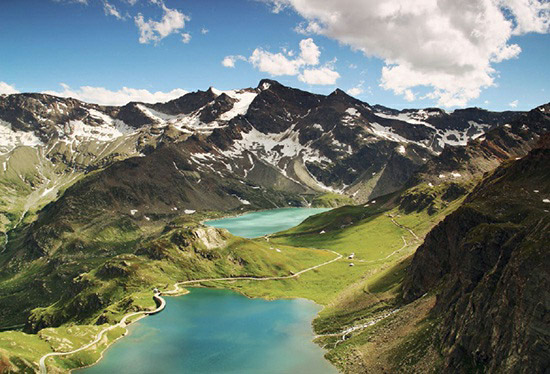The majestic Alps are a result of geological events following the breakup of the Pangean supercontinent around 200 to 150 million years ago. This breakup led to the formation of the mid-Atlantic ridge’s east-west spreading plate boundary and, eventually, the collision of the African and Eurasian continental plates starting around 65 million years ago. This continent-continent collision, a common occurrence in plate tectonics, resulted in the creation of impressive mountain ranges, including the Alps.
Before the collision, a large and deep basin between Africa and Eurasia housed the Tethys Sea, which accumulated significant amounts of limestone, mudstone, and evaporites. As the African and Eurasian plates converged, these marine sediments were compressed, folded, metamorphosed, and uplifted. This process led to the closure of the Tethys Sea and the stacking of its former sedimentary deposits to form the Alps, akin to a rumpled tablecloth being pushed across a table.
The Alps, spanning roughly 750 miles (1,200 kilometers), were formed through a variety of processes over tens of millions of years. The intense compression from the colliding continents created nappes of metamorphosed sedimentary and volcanic rocks, resulting in a complex geological terrain. For example, the base of Switzerland’s Matterhorn peak consists of ancient Eurasian crust, while its tip is made of rocks from the African plate, with compressed and folded sediments from both continents in between.
The orogenic activity that gave birth to the Alps continues to uplift them at a rate of about 1 millimeter to 1 centimeter per year. However, this uplift is counterbalanced by erosion from snow, rain, and glaciers, maintaining a dynamic equilibrium in the mountain range’s height. The Alps, therefore, stand as a testament to the ongoing and dramatic processes of Earth’s geological evolution.

